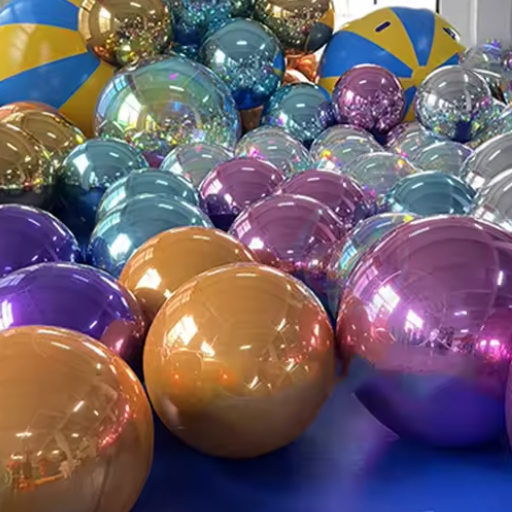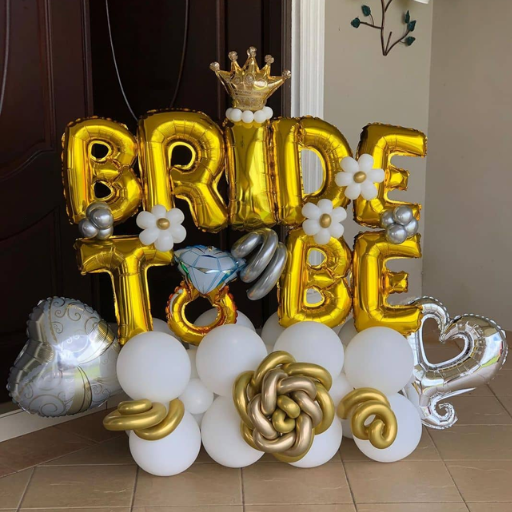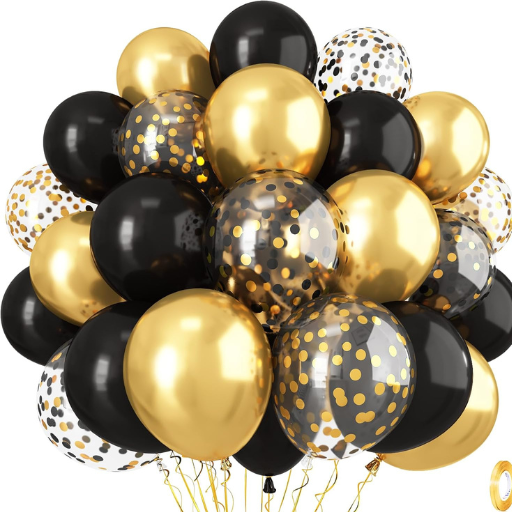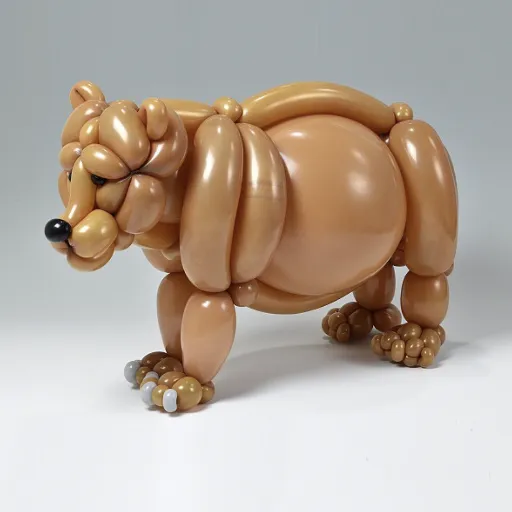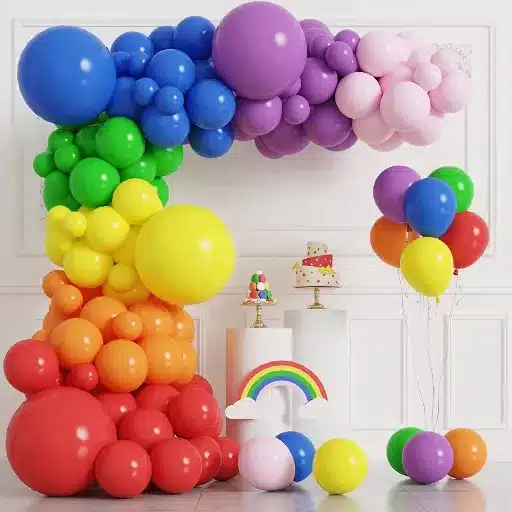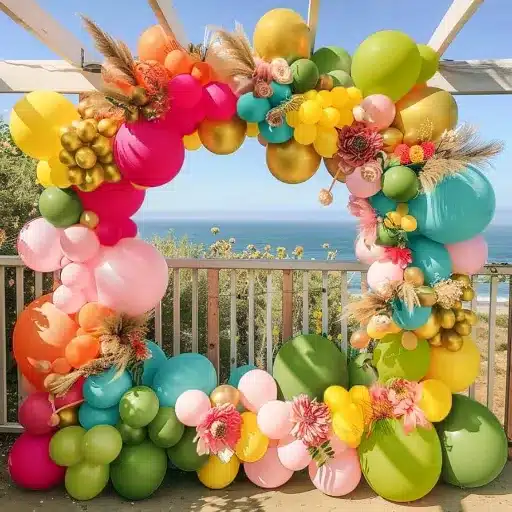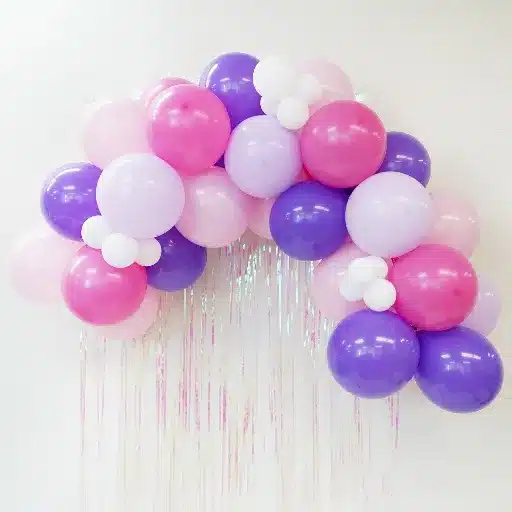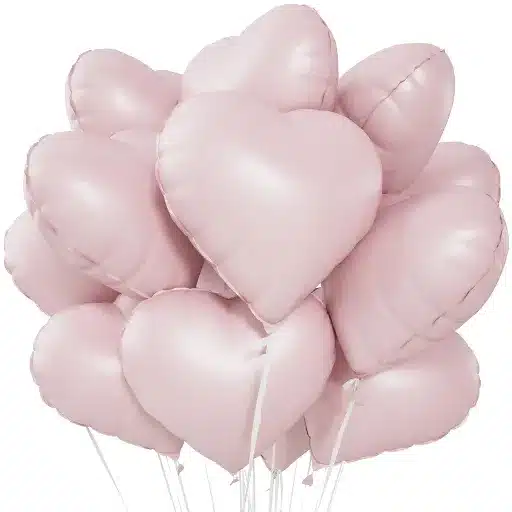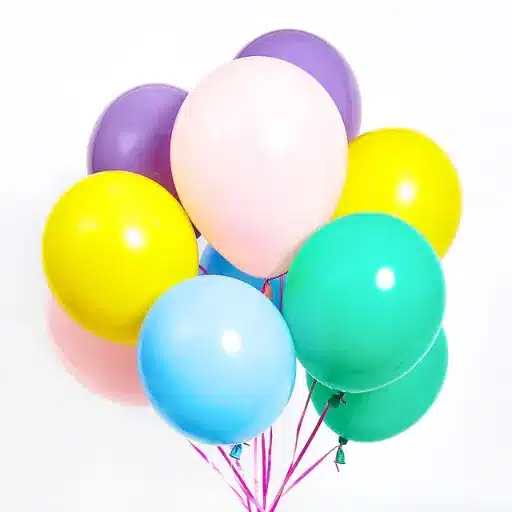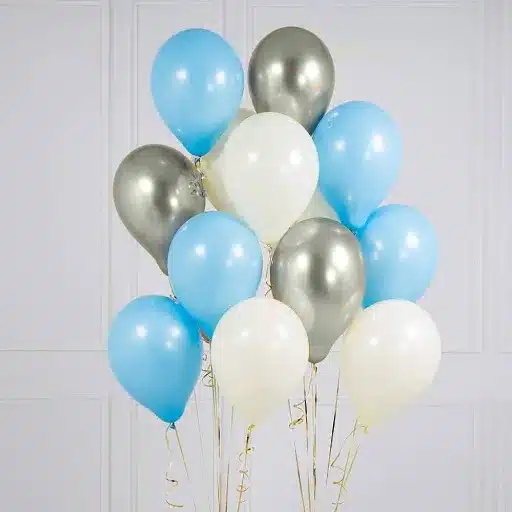Transform simple balloons into delightful creatures! Whether you’re entertaining at a child’s birthday party, local carnival, or family barbecue, balloon animals bring joy and wonder to any occasion. This beginner’s guide is packed with industry secrets and step-by-step instructions to get you twisting like a pro.
🌟 Why Balloon Animals Are Perfect for Everyone
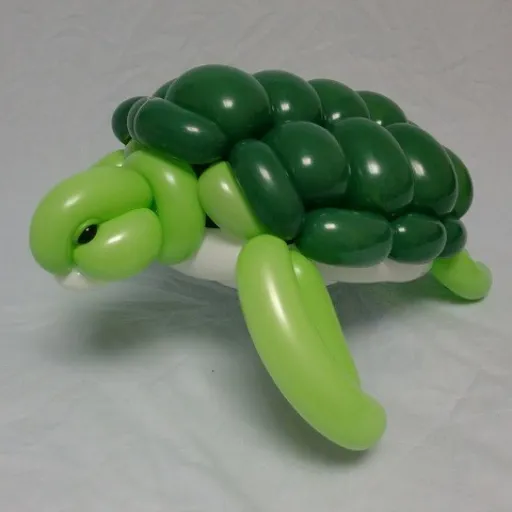
Balloon animals have captured hearts across all ages and backgrounds. Their vibrant colors and playful nature add instant joy to any celebration. From birthday parties to weddings and community fairs, these inflatable creations never fail to amaze.
✨ Benefits of Learning Balloon Art
- Develops dexterity: Improves finger nimbleness and hand coordination
- Sparks creativity: Encourages inventive thinking and artistic expression
- Provides relaxation: Offers a meditative, stress-relieving activity
- Creates connections: Brings smiles and wonder to others
- Low-cost hobby: Requires minimal investment to get started
📈 The Balloon Art Renaissance
Balloon artistry has experienced a remarkable resurgence, thanks largely to social media platforms like Instagram, TikTok, and YouTube. Professional balloon artists are sharing innovative techniques online, blending traditional methods with modern design concepts.
Events like the annual World Balloon Convention showcase incredible innovations, from life-sized sculptures to thematic art installations, inspiring hobbyists worldwide to explore this accessible art form.
🎈 Understanding Balloon Types
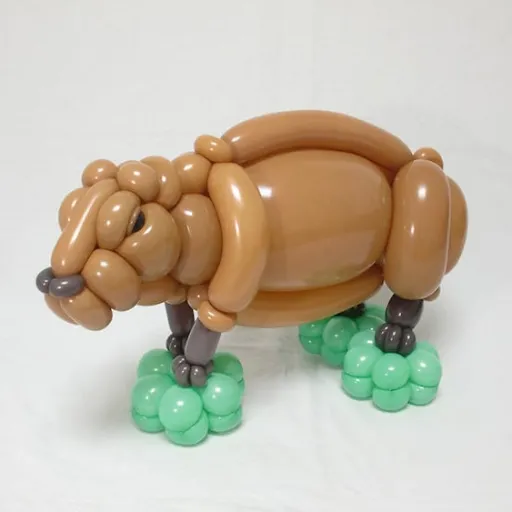
The quality and durability of your balloon animals depend heavily on choosing the right balloons. Here’s a comprehensive guide to balloon types:
| Balloon Type | Dimensions | Best Uses | Difficulty Level |
|---|---|---|---|
| 260 Balloons | 2″ wide × 60″ long | Animals, hats, intricate designs | Beginner-friendly |
| 160 Balloons | 1″ wide × 60″ long | Flowers, detailed patterns, accessories | Intermediate |
| 350 Balloons | 3″ wide × 50″ long | Large structures, arches, characters | Advanced |
| Specialty Balloons | Various | Unique features, realistic effects | All levels |
🌟 Qualatex Chrome
Metallic finish balloons perfect for high-end events and elaborate decorations
🍃 Latex vs. Mylar
Latex: Natural rubber, biodegradable, excellent for twisting
Mylar: Foil-based, printed designs, less flexible
🔧 Essential Tools: Pumps and Accessories
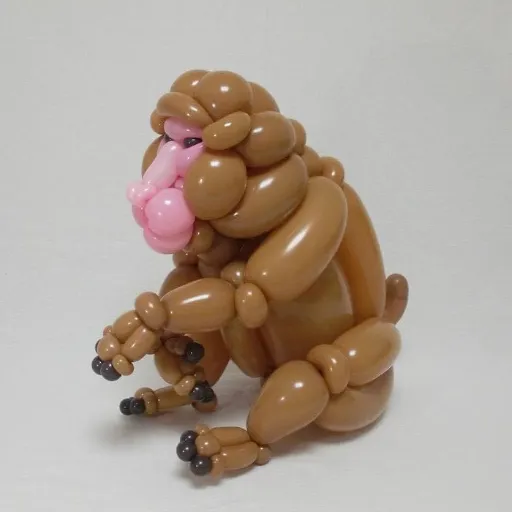
The right tools can significantly enhance your balloon artistry. Here are the recommended options for different skill levels and project sizes:
Hand Pumps
- Dual-action hand pumps (Tota, Qualatex brands)
- Perfect for small projects and portability
- Durable and reliable for specific applications
Electric Balloon Pumps
- IDAODAN and Party Zealot pumps (highly recommended)
- Can inflate 40+ balloons consecutively without overheating
- Multiple nozzles for different balloon shapes and sizes
- Massive time-saver for larger projects
Automatic Inflators
- Conwin Precision and similar models
- Digital settings for precise air volume control
- Programmable inflation sizes
- Higher cost but professional-grade accuracy
🎨 Mastering Basic Balloon Twisting Techniques
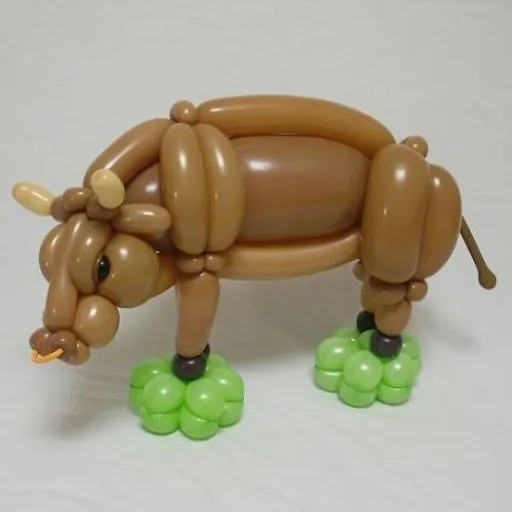
Before creating animals, you must master these fundamental twisting techniques. Each one serves a specific purpose in balloon sculpture construction:
1 The Pinch Twist
Essential for adding finishing touches to animals. Pinch off a small bubble of air and twist the balloon at that point to secure it in place.
2 The Lock Twist
Critical for joining sections and creating loops. After making bubbles, bring the ends together and twist tightly to lock the structure.
3 The Fold Twist
Perfect for creating loops like dog ears or butterfly wings. Fold the balloon where you want the loop and twist into place. Ensure symmetry for multiple loops.
4 The Loop Twist
Used for stands, flower petals, and tails. Fold the larger bubble, then twist the two ends around each other to create a secure loop.
🐕 Creating Your First Balloon Dog: Step-by-Step Guide
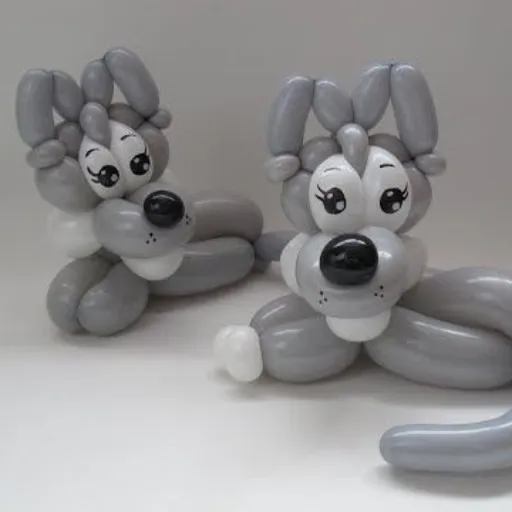
The classic balloon dog is the perfect starting project for beginners. This simple design uses basic twists and helps you practice essential techniques.
Step 1: Inflate the Balloon
Step 2: Create the Nose and Ears
- Make a small bubble at the tied end for the nose
- Create two equal bubbles for the ears
- Use fold twists to secure the ears in place
Step 3: Form the Neck
Create a small bubble (2-3 inches) and secure with proper twists, maintaining air balance throughout.
Step 4: Shape the Body and Legs
- Make a longer bubble (4-5 inches) for the body
- Create front legs using 3-4 inch bubbles
- Use loop twists to connect and support the body structure
- Repeat for back legs, ensuring proper balance
Step 5: Final Adjustments
Gently adjust and bend the balloon to create natural posture. Ensure legs are properly balanced and the body maintains its shape.
🚀 Advanced Tips for Balloon Twisters
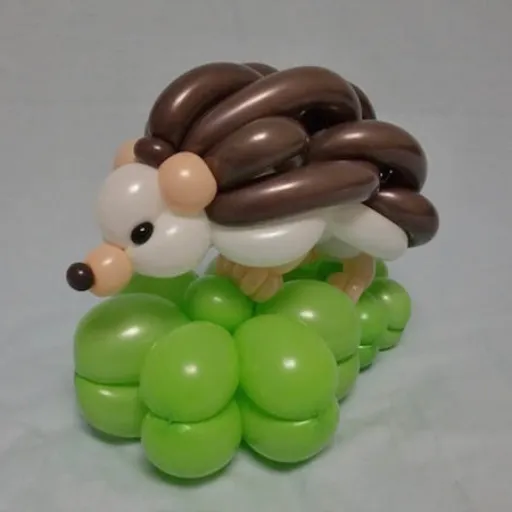
Once you’ve mastered basic techniques, these advanced strategies will elevate your balloon artistry:
🐉 Exploring Complex Balloon Animals
Advanced designs like dragons, motorcycles, and wearable costumes require:
- Multiple balloons: Professionals use up to 30 balloons for single models
- Advanced techniques: Weaving, layering, interlocking structures
- Time investment: 1-2 hours minimum for complex pieces
- Specialized tools: High-quality inflation equipment for multiple balloons
🎨 Creative Designs and Variations
Modern balloon art encompasses incredible diversity:
- Life-sized installations: Balloon castles using tens of thousands of balloons
- Balloon mosaics: Trending technique gaining popularity in 2023
- Personalized balloons: Custom designs for birthdays, weddings, corporate events
- Eco-friendly options: Biodegradable balloons reducing environmental impact
Reference Sources
- WikiHow: How to Make Balloon Animals
This comprehensive guide provides step-by-step instructions for creating various balloon animals, including a balloon dog. It covers basic twists and techniques for beginners.
Source - YouTube Video: 15 Balloon Twisting Shapes for Beginners
This video tutorial demonstrates 15 simple balloon animal shapes, making it an excellent resource for beginners looking to expand their skills.
Source - PDF Guide: Balloon Animal Instructions
This downloadable PDF offers detailed instructions for making basic balloon animals, such as a balloon dog, with clear steps and illustrations.
Source
❓ Frequently Asked Questions
🎉 Start Your Balloon Art Journey Today!
Balloon artistry offers endless possibilities for creativity and joy. Whether you’re looking to entertain children, develop a new hobby, or even start a side business, the skills you learn will bring smiles wherever you go.
Ready to Begin?
Remember: every expert was once a beginner. Start with simple designs, practice regularly, and don’t be discouraged by early mistakes. Join online communities, watch tutorials, and most importantly – have fun creating magical moments with balloons!
With practice, patience, and the right techniques, you’ll soon be creating balloon animals that amaze and delight audiences of all ages. Happy twisting! 🎈

